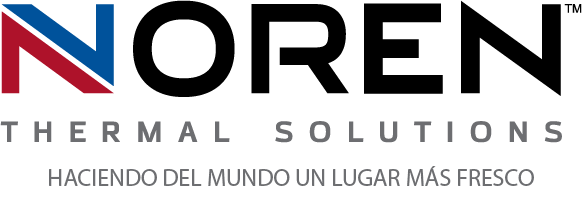 Defining the most notable characteristic of modern heat exchangers depends on what company or industry utilizes it. For example, in most routine manufacturing environments, the ability to rapidly cool electrical enclosures at minimal cost has been one of the most impactful benefits. However, one of the benefits that most companies share is the ability to make their electrical thermal management processes much more eco-friendly. As heat exchangers have advanced, they’ve been able to provide even higher-performance electrical cooling results, all while maintaining their ability to remain eco-friendly.
Defining the most notable characteristic of modern heat exchangers depends on what company or industry utilizes it. For example, in most routine manufacturing environments, the ability to rapidly cool electrical enclosures at minimal cost has been one of the most impactful benefits. However, one of the benefits that most companies share is the ability to make their electrical thermal management processes much more eco-friendly. As heat exchangers have advanced, they’ve been able to provide even higher-performance electrical cooling results, all while maintaining their ability to remain eco-friendly.
The foundation of eco-friendly electrical cooling
The basis of a heat exchanger’s eco-friendliness is the way in which approaches the prevention of electrical overheating. Heat exchangers are designed to utilize natural methods such as conduction, natural/forced convection, and phase-change cooling to create a loop through which a fluid can transfer waste heat. The fluid absorbs the heat that electrical components give off, and as the heat makes it less dense, it becomes easier to transfer the heat to a depository (like a heat sink) where it can be released safely. The entire process requires little energy and doesn’t involve the use of potentially harmful chemicals, which make heat exchangers naturally more eco-friendly than older electrical cooling solutions.
Making heat exchangers work for most applications
When heat exchangers first became popular, their most notable function was to efficiently cool electrical enclosures, such as cabinets and control panels. Enclosure cooling alone used to be a heavy burden on companies’ operations, as the solutions they usually relied on consisted of air conditioners, air compressors, or other similar solutions. However, with heat exchangers, companies could cool their technology without having to worry about constantly repairing air conditioners or having to allocate large amounts of energy to electrical cooling. Today, those same benefits make heat exchangers popular for several other high-performance applications, including advanced computer processing, automated technologies, and much more.
Bringing eco-friendly cooling to even more industries
The principles of heat transfer that make heat exchangers eco-friendly are the same principles that make them highly adaptable. For example, processes like convection and phase-change cooling don’t require large, complicated machinery to facilitate. Most heat exchangers are designed as simple heat pipes or cold plates that can be customized to fit nearly anywhere, and that contain few or no moving parts (except for one or a few fans). This has made them equally beneficial to an increasingly wider range of applications, spanning virtually every modern industry.
For more information about how eco-friendly heat exchangers handle high cooling demands, call Noren Thermal Solutions in Taylor, TX, at 866-936-6736.







